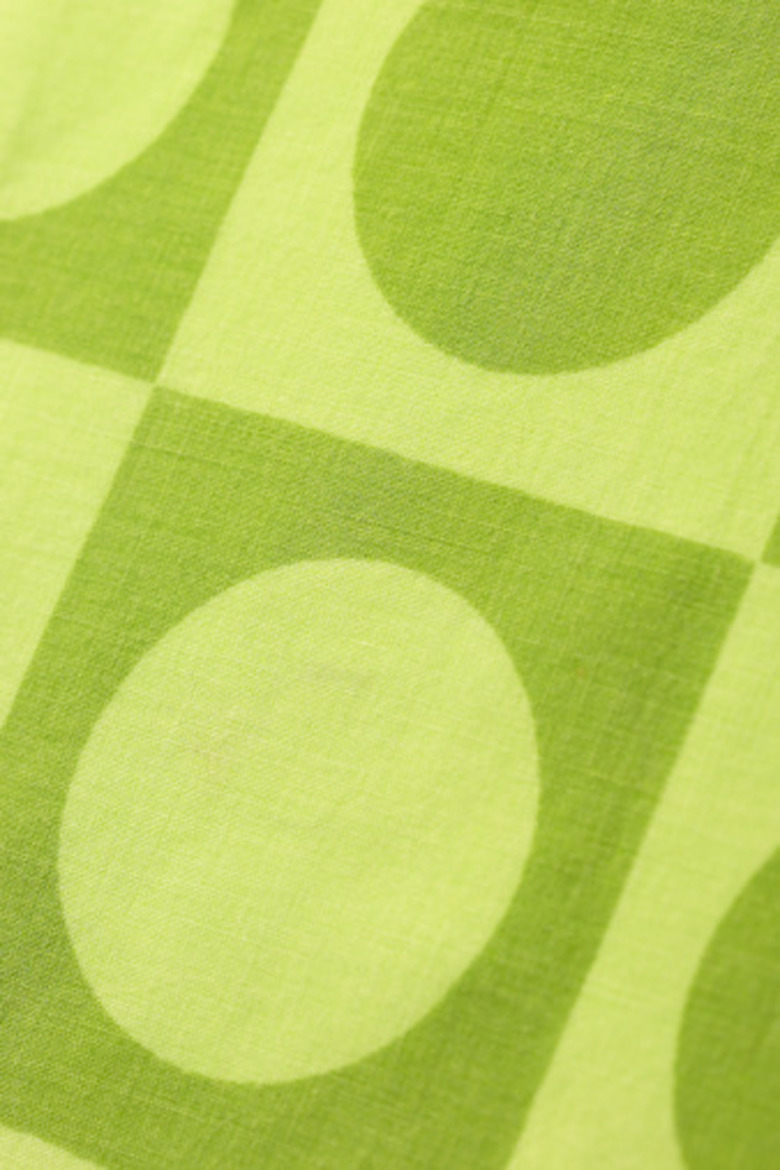Properties Of Plane Shapes For First Grade
In first grade, children learn about the basic plane shapes: square, rectangle, triangle and circle. Many are already able to identify these shapes so for them some of these lessons will review and reinforce what they know. Then math lessons move on to analyze the properties of these plane shapes. In other words, what makes a square a square are its properties. Children learn and remember best by figuring things out for themselves and by looking at things in different ways. So give them many opportunities to discover shapes all around them and create the shapes themselves.
Square
Square
A square has four sides, but not just any four sides. A square's four sides are all the same length. A square with one-inch sides is smaller than a square with three-inch sides because one is less than three. A square also has four corners. Divide the children into small groups and ask them to look around their classroom and find squares in everyday objects. Instruct each group to measure one square object with a ruler and describe it to the rest of the class. Add up how many square objects the class found.
Rectangle
Rectangle
Children learn that a rectangle is similar to a square, but instead of having four equal sides, a rectangle has two equal sides of one length and two equal sides of a different length. A rectangle is like a stretched square. Give each of the children a piece of clay and ask them to make two squares of about the same size out of the clay. Then ask them to take one clay square and strrretcchh it into a rectangle. Ask the class what they have discovered about the differences between a square and a rectangle. Both figures have four corners, but no longer four equal sides for the rectangle. Write their findings on the board under headings "square," "rectangle" and "both."
Triangle
Triangle
Give each child four small pretzel sticks about the same length and tell them to make a square.Then tell them to eat one of the sides. Discuss why it will never be a square now. Tell them to close up the three remaining sides and ask what they see. Discuss how they know it's a triangle. Now tell the children to break one side in half, eat that half and make a triangle out of the remaining three pieces. Discuss how this triangle is different from the previous one. Let everyone eat their triangles.
Circle
Circle
Give each child a piece of string. Ask them to make circles with the string on their desks. Discuss how many sides and corners a circle has: none. Let each child pick a piece of construction paper. Fold it in half and show them how to trim the edges; open it up and it's a circle. For homework, tell the class to take home their circle, find unneeded items that are circles and glue them on the construction paper. The next day post the artistic circles on the bulletin board.
References
Cite This Article
MLA
Bean-Mellinger, Barbara. "Properties Of Plane Shapes For First Grade" sciencing.com, https://www.sciencing.com/properties-plane-shapes-first-grade-8685692/. 24 April 2017.
APA
Bean-Mellinger, Barbara. (2017, April 24). Properties Of Plane Shapes For First Grade. sciencing.com. Retrieved from https://www.sciencing.com/properties-plane-shapes-first-grade-8685692/
Chicago
Bean-Mellinger, Barbara. Properties Of Plane Shapes For First Grade last modified August 30, 2022. https://www.sciencing.com/properties-plane-shapes-first-grade-8685692/
